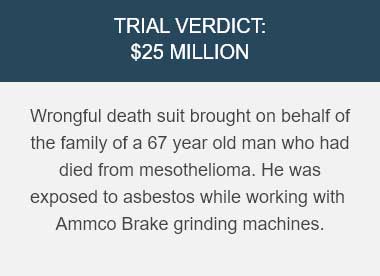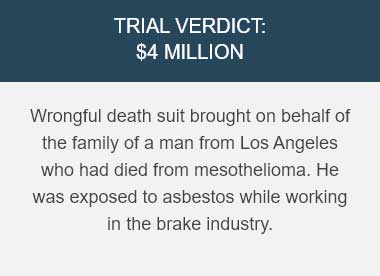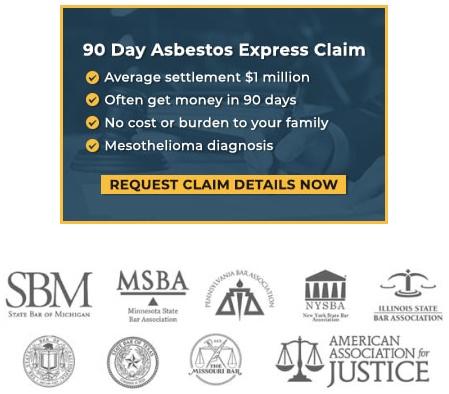Insulation workers work in many fields, but they are mostly responsible for the installation and replacement of materials that are used to insulate buildings and to control and maintain internal temperatures. While they usually work indoors in residential and commercial buildings, they also are employed on ships and machinery in various occupations. (Asbestos.com)
Insulation workers usually determine the types and amounts of insulation needed, based on criteria such as surface shape, location, and equipment use. They put insulation around obstructions, shape insulation materials and protective covering as needed, and install pieces of sheet metal around pipes that are insulated with screws to shield insulation from poor weather.
Insulation cuts the cost of heating and cooling by 40% or more and is the most efficient way to reduce the use of energy and cut greenhouse gas emissions.
While insulation has many benefits in modern society, insulation work was dangerous in the 1930s until the 1970s. The reason was that toxic asbestos, known for its excellent insulation properties, was used in most insulation manufacturing in the time period. Although asbestos has not been used in insulation for decades, current insulation workers may still be at risk of asbestos exposure and mesothelioma if they are working in buildings or around machines that are fitted with asbestos-containing materials.
Insulation Workers Asbestos Exposure
Asbestos insulation was commonly used in insulation work in attics, ceilings, floors, pipes, walls, floors, basements of residential and commercial buildings, and shipbuilding:
- Attic: Insulation in attics was once a common source of asbestos exposure. Zonolite insulation is one of the best-known brands in the country, which is mostly used in attics. Heating, ventilation, and AC systems in attics often used asbestos insulation.
- Pipes: Pipe covering and insulation often were used to control the temperatures of pipes that could get very hot. This was especially common in shipbuilding. It still is one of the most common ways insulation workers are exposed in the 21st century.,
- Block: Block insulation was mixed into the concrete blocks of apartments, homes and other buildings.
- Wall: Wall insulation is one of the most effective ways to control the temperature of buildings. Until 1980, most wall insulation contained asbestos, making it extremely dangerous.
- Spray applied: This type of insulation is an inexpensive way to put thermal insulation in walls, attics, ceilings, and other spaces. Asbestos was a common additive in spray-applied insulation before 1990.
- Valve insulation jackets: This type of asbestos insulation was used for flanges, boilers, pipework, expansion joints and other equipment sensitive to temperature.
Scientific Studies on Insulation Workers Asbestos Exposure
A 2016 study in Sweden that was released in Epidemiology and Health reported the number of asbestos-related cancers in workers from 1961 until 2009. The rate of mesothelioma for insulation workers was 10 times higher than for the regular population.
Also, in 1990, Dr. Irving J. Selikoff and H. Seldman reported there was a decline in death cases among insulation workers that was associated with the reduction in asbestos exposure from 1967 to 1986. There also was a major decline in lung cancer, asbestosis, and peritoneal mesothelioma.
Insulation Workers Asbestos and Mesothelioma Lawsuits
Borel v. Fibreboard Paper Products Corporation was one of the first successful asbestos exposure lawsuits brought against an asbestos manufacturer. The plaintiff was Clarence Borel, who was an insulation installer and developed asbestos-related diseases after he retired. He worked in shipyards and oil refineries in Texas and Louisiana, working with insulation on steam pipes, boilers, and other high-temperature equipment. After his death, his wife eventually won $1 million in damages.
Manufacturers
These companies produced asbestos products used by insulation companies and may be involved in asbestos lawsuits in the future:
A. P. Green Industries, A C & S, C. E. Thurston & Sons, Certainteed Corporation, Combustion Engineering, Crown Cork and Seal, EaglePicher, GAF Corporation, Kaiser Aluminum, Ehret Magnesia, National Gypsum Company, Nicolet/Keasbey & Mattison, Pacor Incorporated, Rock Wool Manufacturing, Shook & Fletcher, The Flintkote Company, Unarco, and Western MacArthur.







